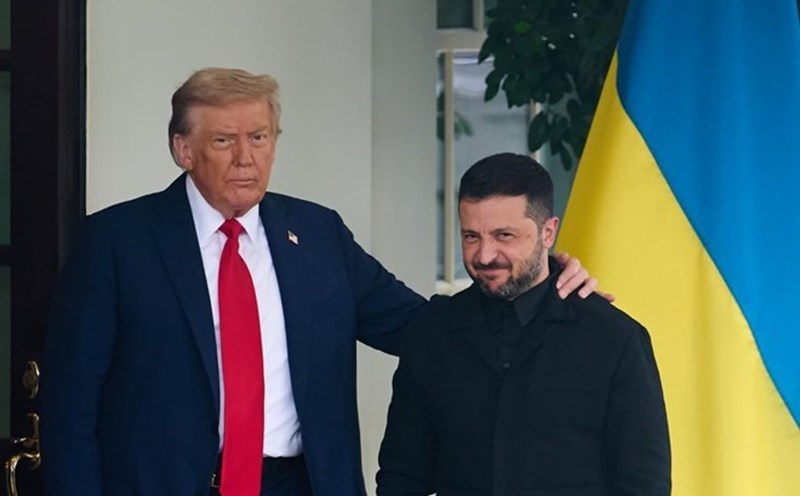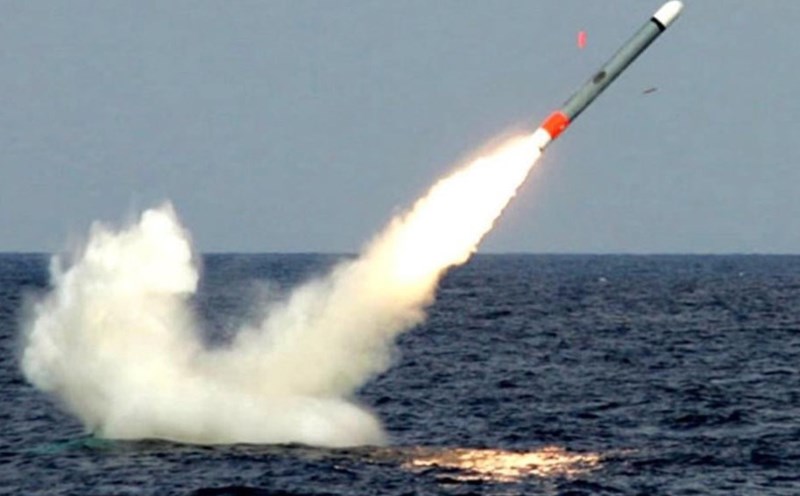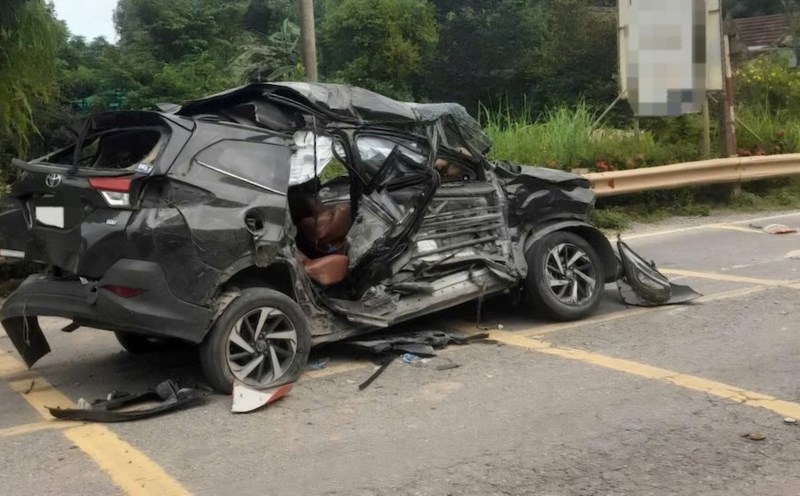Russian military expert Yuri Knutov listed a series of weapons capable of intercepting Tomahawk, including the newly produced S-300, S-400 and the Pantsir short-range complex.
Mr. Knutov especially emphasized the power of the S-350 Vityaz complex, calling it a "trip missile assassination".
The first model was built by Almaz-Antey Group in 2013, the S-350 is mission to replace the S-300 complexes from the Soviet era and fill the gap between the expensive S-400 and S500 systems.
In addition to self-propelled missile launchers, the S-350 complex also integrates a combat control center and 2 radar vehicles to support target detection.
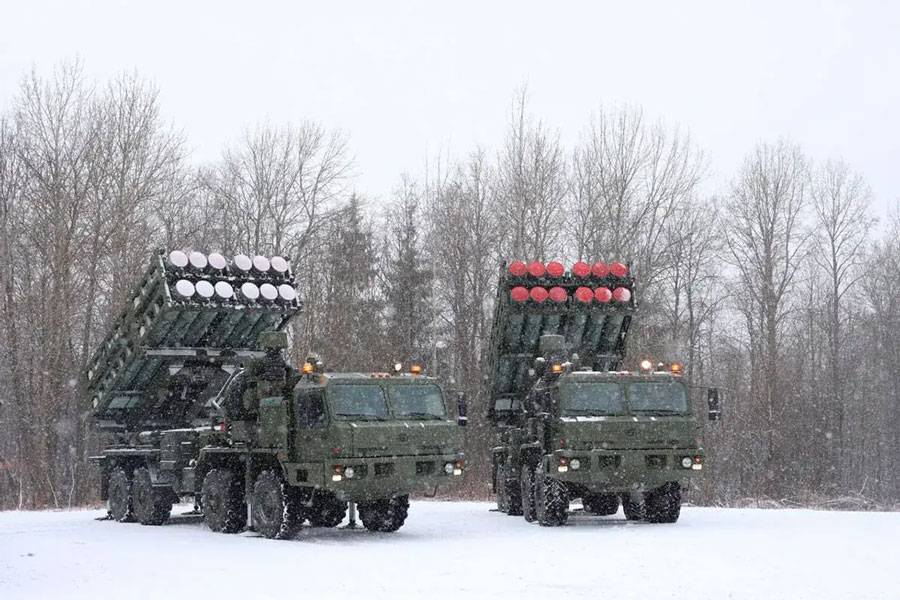
Vityaz is specially designed to deal with small, fast-moving targets, including fixed-wing UAVs, aerial cruise missiles such as Storm Shadow, guided bombs and bullets of missile systems such as HIMARS or ATACMS. Tomahawk is no exception.
The highlight of the S-350 Vityaz is its ability to carry both short-range (10-15km) and medium-range (40-120km) missiles at the same launcher. The system's Radar has a high resolution, a range of up to 250km and can simultaneously track a large number of targets.
Not only that, the S-350 also demonstrated the ability to destroy targets with the minimum amount of ammunition consumed in the tests. This system can also be integrated into a modern information network to share warning data and coordinate between air defense units.
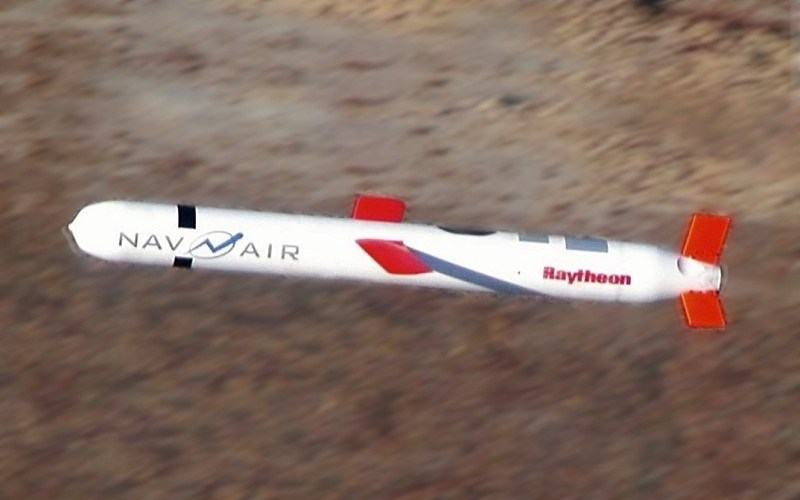
Mr. Knutov commented that if the US really transfers Tomahawk to Kiev, they can do it in two ways: By sea to odessa (Ukraine) or through Poland first.
The expert said that the missiles could be placed in trucks or containers under the shell of civil or aid goods. After that, trucks will transport them to "a secret location for assembly and transfer to the deployment site".
According to Mr. Knutov, once Tomahawk is transferred, Russia will include a series of Ukrainian inland targets in the attack list, including "seaports and railway stations".

